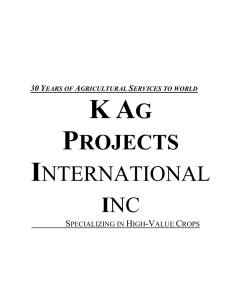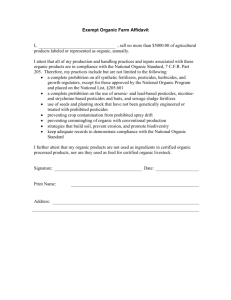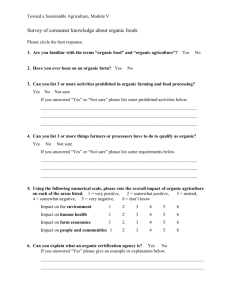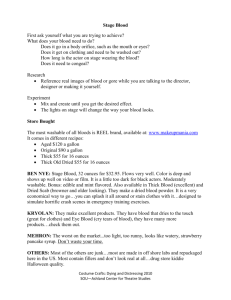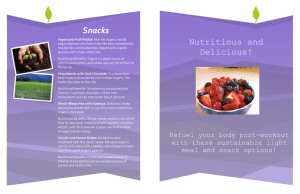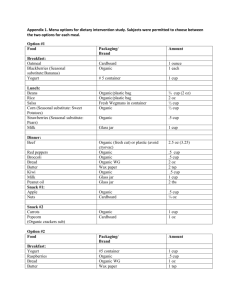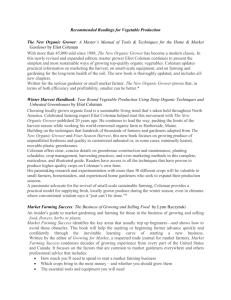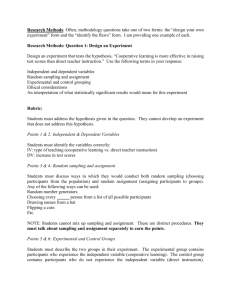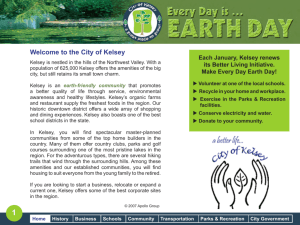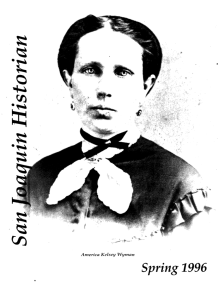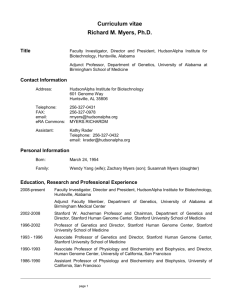File
advertisement
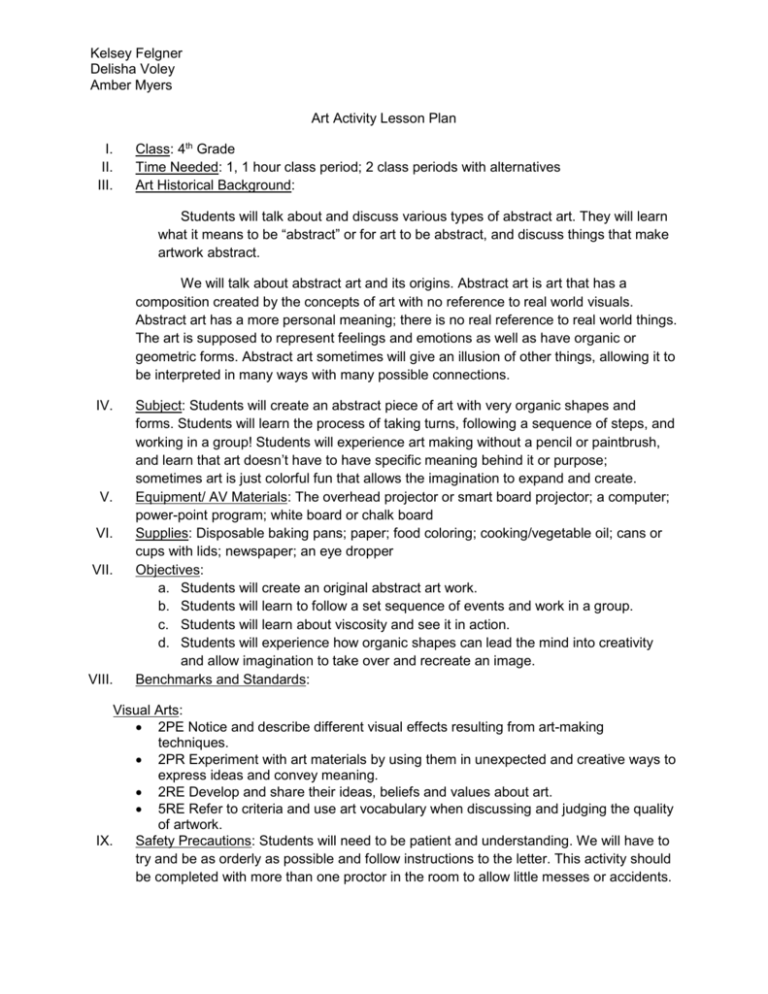
Kelsey Felgner Delisha Voley Amber Myers Art Activity Lesson Plan I. II. III. Class: 4th Grade Time Needed: 1, 1 hour class period; 2 class periods with alternatives Art Historical Background: Students will talk about and discuss various types of abstract art. They will learn what it means to be “abstract” or for art to be abstract, and discuss things that make artwork abstract. We will talk about abstract art and its origins. Abstract art is art that has a composition created by the concepts of art with no reference to real world visuals. Abstract art has a more personal meaning; there is no real reference to real world things. The art is supposed to represent feelings and emotions as well as have organic or geometric forms. Abstract art sometimes will give an illusion of other things, allowing it to be interpreted in many ways with many possible connections. IV. V. VI. VII. VIII. Subject: Students will create an abstract piece of art with very organic shapes and forms. Students will learn the process of taking turns, following a sequence of steps, and working in a group! Students will experience art making without a pencil or paintbrush, and learn that art doesn’t have to have specific meaning behind it or purpose; sometimes art is just colorful fun that allows the imagination to expand and create. Equipment/ AV Materials: The overhead projector or smart board projector; a computer; power-point program; white board or chalk board Supplies: Disposable baking pans; paper; food coloring; cooking/vegetable oil; cans or cups with lids; newspaper; an eye dropper Objectives: a. Students will create an original abstract art work. b. Students will learn to follow a set sequence of events and work in a group. c. Students will learn about viscosity and see it in action. d. Students will experience how organic shapes can lead the mind into creativity and allow imagination to take over and recreate an image. Benchmarks and Standards: Visual Arts: 2PE Notice and describe different visual effects resulting from art-making techniques. 2PR Experiment with art materials by using them in unexpected and creative ways to express ideas and convey meaning. 2RE Develop and share their ideas, beliefs and values about art. 5RE Refer to criteria and use art vocabulary when discussing and judging the quality of artwork. IX. Safety Precautions: Students will need to be patient and understanding. We will have to try and be as orderly as possible and follow instructions to the letter. This activity should be completed with more than one proctor in the room to allow little messes or accidents. Kelsey Felgner Delisha Voley Amber Myers X. XI. XII. XIII. XIV. Students should be monitored closely, and everything will be labeled as to completely understand what it is and eliminate confusion. Steps and procedure will be posted on the white board/ chalk board. Alternatives to the Lesson: Students can elect to participate in half of the lesson if they do not wish chancing getting their fingers wet when dipping the paper. Students could also instead create their own pencil drawn organic shapes and figures and then use a watercolor wash to have the same effect color wise as the class did with the food color and vegetable oil process. Procedure: The procedure of the lesson goes as follows: a. Day One: Students will have everything readily available to them at their desks; labeled and measured out. b. Students will pour the water from the “water cup” into their pan. c. The food coloring and vegetable oil mixture will be already in containers, students will just have to mix the two of them together as much as possible (here is where we will talk about viscosity). d. Students will take turns, two at a time, dropping drips of the color/oil mixture into the pan. They will then morph and adjust the color/blobs to create a crazy pattern or random look. e. Students will then take turns putting their paper face down into the oily water. The paper must sit for at least 30 seconds (at least until the oil has absorbed into the paper) f. Students will work as a team to remove the papers and lay them out to dry. After the two partners go, the water must be replaced along with new food coloring/oil mixture. g. Students will then work together to dump out their water back into their cup, and then use the second cup of water to start over. The process is then repeated. h. When the paintings dry they are colorful organic pieces of work that look like science experiments! i. Students should share their art work to see that everyone came up with something original and unique, and that they created it by working together. Teacher Evaluation: The teacher evaluation will be evaluated based on the smoothness of the group section as well as every student completing a piece. If the students work well together and follow the instructions correctly, then they were written and explained correctly. If there are discrepancies, the lesson will be re-written and the explanation reevaluated. Student Evaluation: The students will be evaluated on the completion of the project and participation in the group section. The students will be expected to create a piece through the sequenced procedure. Students will be evaluated on their participation during the group section of the project and will be evaluated on their behavior during that time. They are expected to behave appropriately and be supportive and patient. Teacher Examples/Motivation: There will be several teacher made examples shown as inspiration and to demonstrate the variations of the projects results. There will also be a teacher complete demonstration where the teacher shows the class how to complete the Kelsey Felgner Delisha Voley Amber Myers project. These will show the students the ease of the steps to the project as well as the possible outcomes, and how anything will be accepted as long as the project is completed correctly.


